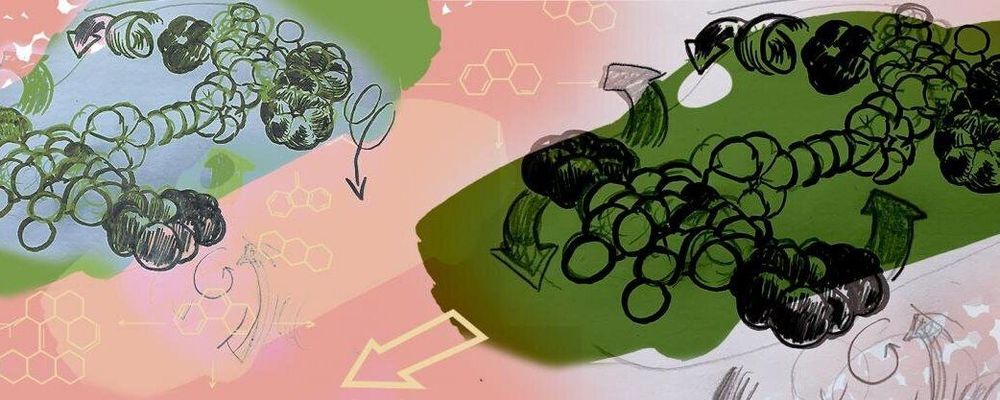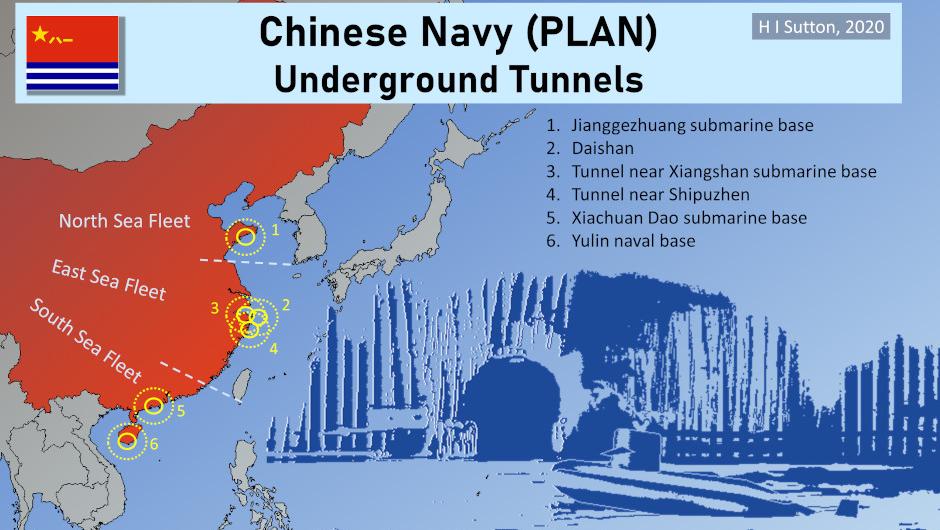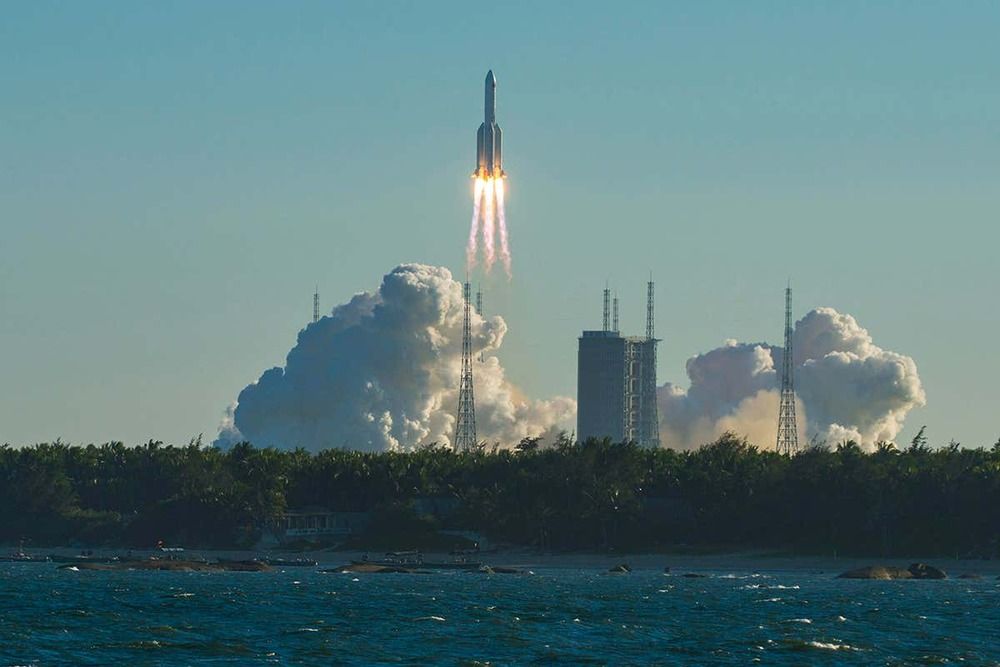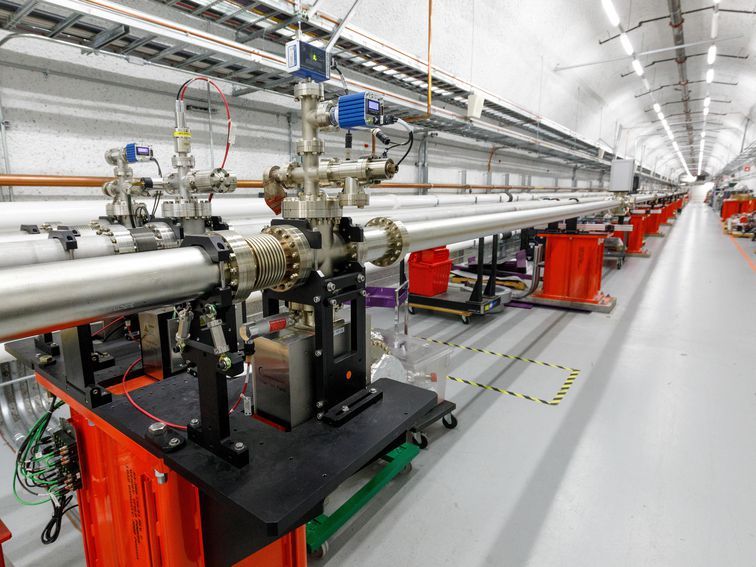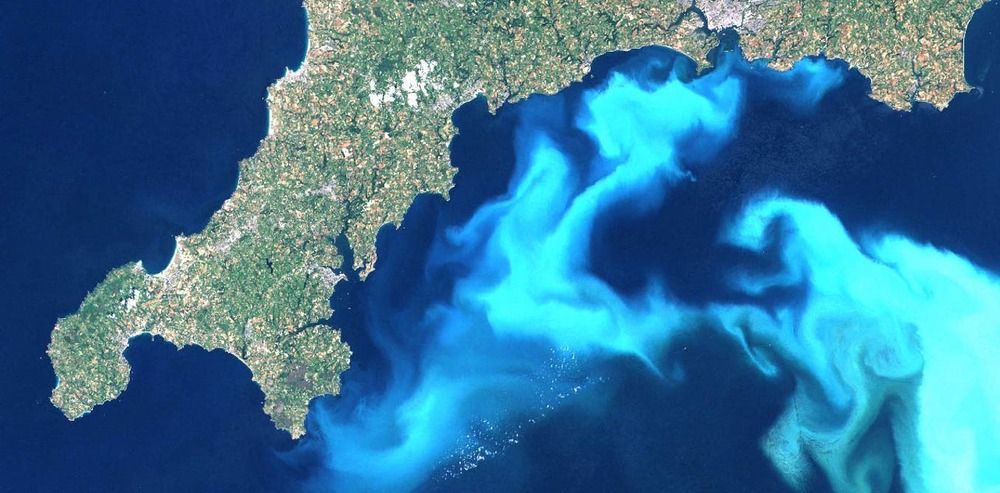May 5, 2020
Breakthrough in molecular machines
Posted by Quinn Sena in categories: innovation, nanotechnology
Molecules are some of life’s most basic building blocks. When they work together in the right way, they become molecular machines that can solve the most amazing tasks. They are essential for all organisms by, for example, maintaining a wide range of cellular functions and mechanisms.
What if you could create and control an artificial molecular machine? And make it perform tasks that serve us humans?
Many researchers are looking for ways to create and control such molecular machines, and research is going on in labs all over the world.
